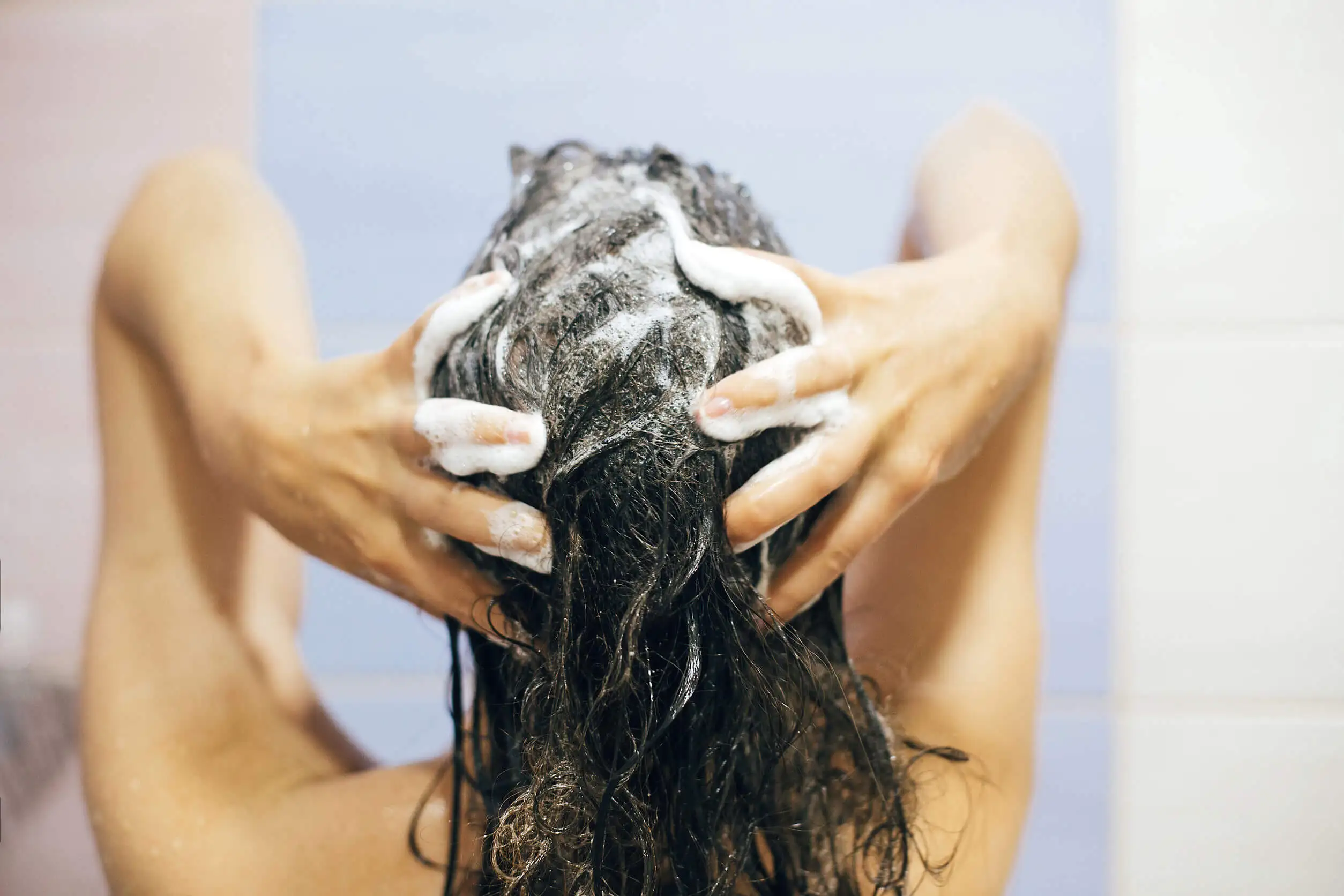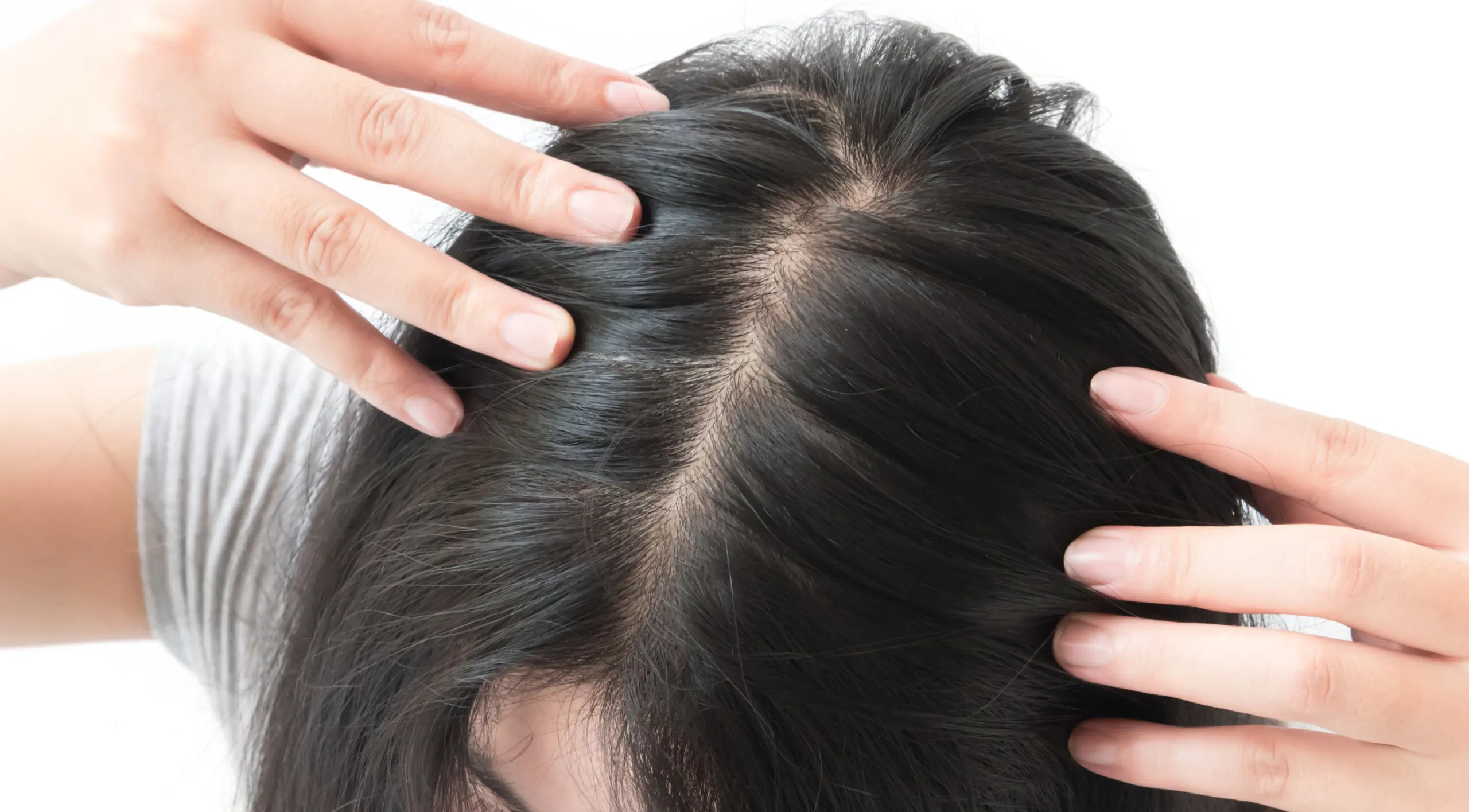What is Hyaluronic Acid Treatment for Hair?

There are thousands of alternatives to revitalize the hair, but one of the current hair trends is a treatment with hyaluronic acid (HA) for hair. This is a substance that smoothes, nourishes, and heals hair that’s been affected by environmental factors and the constant use of irons and dryers.
Just like the skin, the hair demands intense care. That’s why you’ll find any number of shampoos and conditioners on the market with special ingredients according to your hair type.
However, if your tresses need deep repair, there is a wide variety of techniques to rescue the health of your hair. hyaluronic acid has great effects without damaging the hair strands. How does it achieve this?
What is hyaluronic acid?
Hyaluronic acid is a natural polysaccharide found in bones, cartilage, and blood vessels, although it’s also obtained through creams, serums, injections, and supplements.
The Journal of the Faculty of Medical Sciences of the UNAH mentions that this compound has clinical applications in areas such as ophthalmology, oncology, gynecology, orthopedics, and plastic surgery. Likewise, hyaluronate enjoys acceptance in the less invasive aesthetic field and in personal care.
The essential function of HA is to maintain adequate levels of hydration in the body. In the case of hair, the substance acts against the effects of the sun, dyes, heat appliances, and treatments that end up breaking, drying, and dulling the hair.
We think you may also enjoy reading this article: 4 Reasons Why You Might Get Gray Hairs When You’re Young
The benefits of hyaluronic acid for the hair
The health of the hair depends on the treatment it receives and the application of the products indicated for each type, so that they act from the inside, states a text in the magazine Farmacia Profesional.
In fact, it’s an advantage of hyaluronic acid to restore from the inside of the strands to the outside. This glycosaminoglycan is even used to restore the appearance of natural hair wigs and hair extensions since they’re not nourished by the scalp itself.
In addition, other benefits of HA are as follows:
- It balances the pH: In doing so, it cures alkaline hair as a result of dryness and bleaching.
- It provides micronutrients: According to the journal Farmacia Profesional, the body sometimes suffers from vitamin deficiencies that can also damage the hair. Hyaluronate restores some of them.
- Hyaluronic acid smoothes the hair: Hyaluronic acid gets rid of frizz, achieving a silky texture and movement.
- It gives volume to the hair: By resolving the loss of capillary density, fine hair shows more body.
- Hyaluronic acid stores moisture: It also absorbs the water needed to increase hydration levels for longer.
- It seals the hair cuticles, HA can fix ends damaged by hairpins without having to cut your hair.

Hyaluronic acid treatment for hair
There are various ways to provide HA to hair, as many shampoos use it in their formulas as hydrolyzed hyaluronic acid. There are also serums with the substance and supplements that contribute to hair restoration.
However, the currently popular method that offers immediate changes in hair is the hyaluronate mask treatment. This consists of applying the concentrate to the hair and allowing it to penetrate, then polishing with heat.
Although you can do it at home, it’s always better to have your hair professionally worked on. Stylists diagnose how affected the hair is and establish the duration and technique they will carry out.
In general, they follow the steps below.
1. Wash
First, using a special shampoo, they remove impurities. They repeat the washing 3 times, allowing the product to work for a couple of minutes each time. The idea is to leave it clean so that the HA is sufficiently impregnated.
2. Remove the humidity
At the end of the hair wash, the specialist will blow-dry your hair to remove the humidity, but without leaving the hair completely dry. It’s best to set the appliance on medium heat.
3. Apply the HA
There are many brands of hyaluronic acid hair masks. The hairdresser will select the one that suits the demands of your hair. The procedure is the same as with hair dyes: divide into small strands and distribute the product with a brush.
They then will cover the hair from the roots to the ends if it’s a wig or extension, of rrom the mid-lengths to the ends if it’s natural hair.
Then, they’ll gently comb the hair so as not to let the cream to accumulate. However, it’s also important to brush again to ensure full coverage. Don’t touch the scalp unless it is dry.
Leave the product on for 20 minutes to half an hour. The time will vary depending on hair conditions.
4. Rinse
Once the penetration phase of the product has elapsed, it’s time to rinse. Start with lukewarm water and close with cold water to seal the ends. Rinse until the hair is free of the mask.
5. Dry and flat iron
In addition to blow-drying with the hot appliance, you should also use a flat iron. This is a way to optimize the results and have shiny, silky hair.
Like this article? You may also like to read: What Colors Look Good on You According to Your Skin, Hair, and Eyes
Care after treatment with hyaluronic acid for hair
The procedure can be repeated twice a week and some steps can be modified according to the stylist. For the effectiveness to be extended, put into practice the following recommendations:
- Wash with cold or lukewarm water, as this promotes circulation and makes the hair shiny.
- Avoid products with silicones, additives, or that aren’t natural.
- Massage the scalp regularly to remove excess sebum.
- Use serums on the ends and nourishing formulas for your entire scalp and hair.

Are there any contraindications to the use of hyaluronic acid for hair?
Whit this is not common, an allergic reaction to certain components of the mask could occur. However, by itself, HA does not cause this type of condition. If it were to occur, you would experience red spots on your head and, if the condition is acute, you may even see scabs, as explained by the Eczema Foundation.
The solution to this problem is to avoid the allergen or visit a dermatologist if the situation persists. To prevent an allergic reaction, the stylist will test the product on your skin before applying it completely.
All cited sources were thoroughly reviewed by our team to ensure their quality, reliability, currency, and validity. The bibliography of this article was considered reliable and of academic or scientific accuracy.
- Breve L, Espinoza PC, Macías Ortega M, Nira Jiménez A, Rubio F, Suazo S. Aplicación clínica del ácido hialurónico. Revista Facultad de Ciencias Médicas. Universidad Nacional Autónoma de Honduras. 2015. http://www.bvs.hn/RFCM/pdf/2015/pdf/RFCMVol12-2-2015-6.pdf
- Divins MJ. Cuidado del cabello. Farmacia Profesional. Vol. 28. Núm. 4. pp. 20-25. España; 2014. https://www.elsevier.es/es-revista-farmacia-profesional-3-articulo-cuidado-del-cabello-X0213932414396326
- Eczema del cuero cabelludo. Fundación Eczema. Francia. https://www.fondationeczema.org/es/comprender/ubicaciones-del-eczema/cuero-cabelludo
This text is provided for informational purposes only and does not replace consultation with a professional. If in doubt, consult your specialist.








